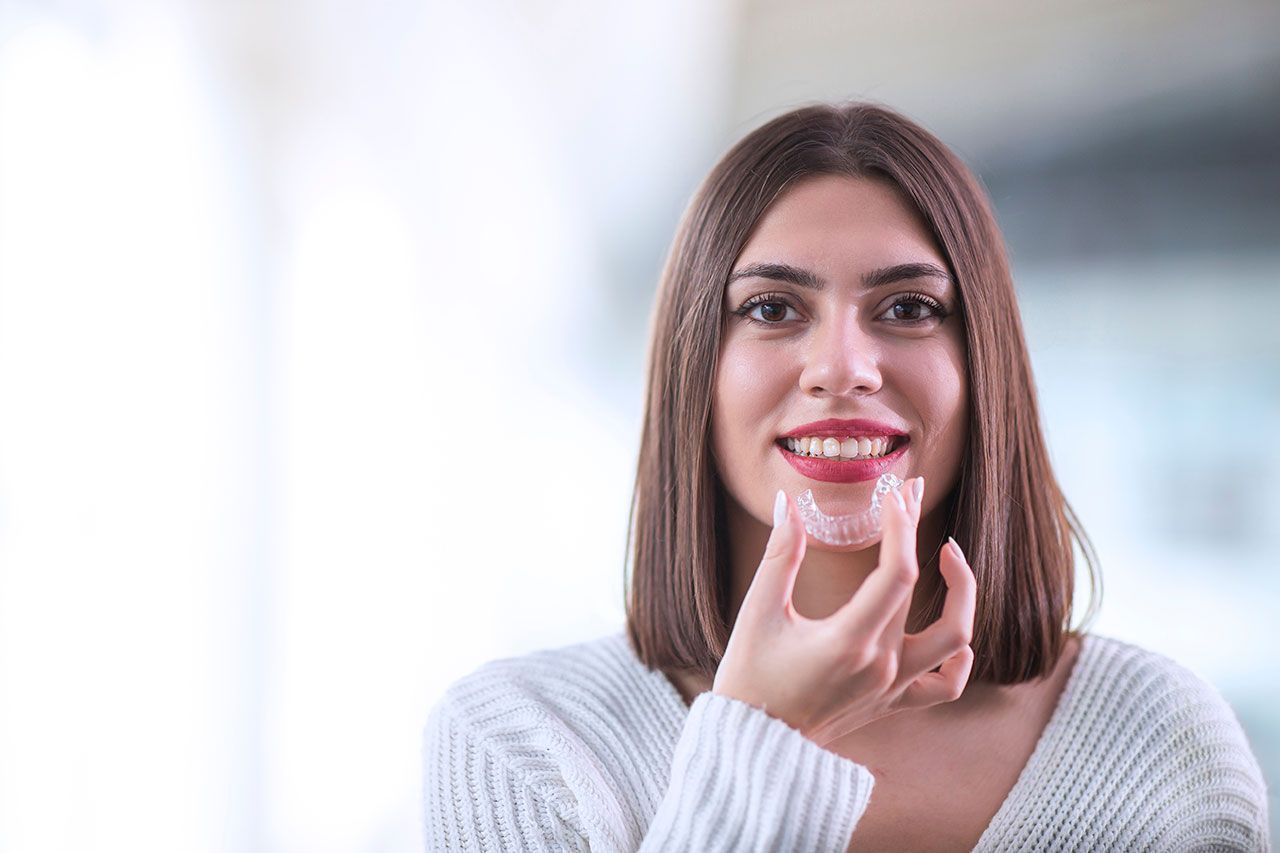Fun Ways to Teach Kids Good Brushing Habits
Getting kids excited about brushing their teeth can be a real challenge for many parents. However, teaching good brushing habits at a young age is crucial for long-term dental health. Children who learn to care for their teeth early on are more likely to maintain these habits as they grow.
With a few creative ideas, turning tooth brushing into a fun and engaging activity is possible. In the next sections, we'll explore various fun and effective methods to teach kids good brushing habits.
1. Creative Brushing Games
Turning Brushing into a Fun Game
One way to get kids excited about brushing is by turning the task into a game. Create a fun storyline where they are heroes fighting off "sugar bugs" on their teeth. You can make up imaginative scenarios to keep them engaged. For instance, they could earn points for reaching hidden spots in their mouth or for brushing all the "evil" plaque away. Keeping track of points and setting a new "high score" for each brushing session can make this daily routine something they look forward to.
Using Apps and Timers to Make Brushing Enjoyable
In this digital age, many apps can make brushing more interesting for kids. Apps like "Brush DJ" and "Chomper Chums" play music and have interactive elements to guide kids through their two-minute brushing sessions. Some apps feature characters that kids can unlock by completing brushing tasks.
Timers can also help ensure they are brushing for the full recommended two minutes. Choosing timers with fun themes or sounds can make the time fly by, turning brushing into a delightful experience.
Creating Brushing Challenges and Rewards
Kids love challenges, especially when there's a reward at the end. Create a brushing chart where they can put a sticker each time they brush. Set milestones with small rewards like extra storytime or a fun outing when they reach a certain number of stickers. This positive reinforcement encourages them to stick to their brushing routine. You can also invent creative challenges like "Brush with Your Eyes Closed" or "Race Against the Timer," making the activity fun and engaging.
2. Using Storytelling to Encourage Brushing
Sharing Fun Stories about Dental Hygiene
Storytime can be a powerful tool for teaching good brushing habits. Share stories where the heroes and heroines have sparkling clean teeth because they brush regularly. Adding a moral to these stories about the importance of proper dental care can subtly teach them good habits. Encourage your child to create their own story about brushing, making them more invested in the activity.
Using Puppets or Toys to Tell Brushing Tales
Using puppets or toys can make storytelling even more engaging. Perform a mini puppet show where the characters show the correct way to brush their teeth. Toys with big, exaggerated teeth can help demonstrate how to brush properly. You can create interactive plays where your child helps a favorite toy "brush" its teeth, turning a chore into a playful and educational activity.
Reading Books About Brushing and Dental Care
There are many children's books designed to teach dental hygiene in a fun and accessible way. Books like "Brush, Brush, Brush!" by Alicia Padron and "Sugarbug Doug" by Ben Magleby tell delightful tales while emphasizing the importance of brushing correctly. Reading these books together can make the concept of dental hygiene feel less like a chore and more like an adventure. Books can provide a comforting and familiar way to reinforce the importance of brushing every day.
3. Involving Kids in Choosing Their Dental Tools
Letting Kids Pick Their Toothbrush and Toothpaste
One easy way to make brushing more exciting for kids is to let them choose their own toothbrush and toothpaste. Take them to the store and let them pick a toothbrush with their favorite color or cartoon character. Many children’s toothbrushes come with fun designs and features like lights or music. Also, allow them to choose a toothpaste flavor they like. When kids feel involved in the process, they are more likely to look forward to brushing.
Decorating the Bathroom with a Fun Brushing Theme
Transforming the bathroom into a fun and inviting space can encourage kids to enjoy brushing time. Consider decorating the bathroom with a brushing theme that includes cheerful posters, stickers, or colorful cups for rinsing. A toothbrush holder shaped like a favorite animal or character can make a big difference too. These small changes can turn a routine task into an eagerly anticipated activity, making kids more enthusiastic about brushing.
Using Colorful and Engaging Dental Products
Use bright and engaging dental products to capture your child’s interest. From colorful two-minute sand timers to fun toothpaste flavors like bubblegum or strawberry, these products can make brushing more enjoyable. Electric toothbrushes with rotating heads and cool designs can also make brushing less of a chore and more of an adventure. These tools help turn daily dental care into an engaging and positive experience for kids.
4. Setting a Good Example and Brushing Together
Making Brushing a Family Activity
Children are keen observers and often mimic the behavior of adults. Make brushing a family activity where everyone brushes their teeth together. This can create a sense of routine and make the experience less daunting for children. Singing a song or playing a favorite tune while brushing can also make the activity more fun. When kids see their parents brushing regularly, they understand the importance of maintaining this healthy habit.
Showing Kids How to Brush Properly
Teaching kids the correct way to brush is essential for effective dental hygiene. Show them how to hold the toothbrush and which areas to focus on, like the front, back, and chewing surfaces of their teeth. Use simple terms and encourage them to brush gently in circular motions. Demonstrating the right technique while brushing together helps kids learn by example and ensures they are cleaning their teeth thoroughly.
Encouraging Kids with Positive Reinforcement
Positive reinforcement goes a long way in building good habits. Praise your child for a job well done after they brush their teeth. Compliment them on their clean teeth and fresh breath. You can also use a reward system with small incentives for consistent brushing, like a sticker chart or a small toy. These affirmations and rewards make kids feel proud of their efforts and motivate them to keep up their good brushing habits.
Conclusion
Teaching kids good brushing habits doesn't have to be a struggle. By turning brushing into a fun game, using storytelling, involving them in choosing their dental tools, and setting a good example through family activities, you can make dental hygiene an enjoyable and valued part of their daily routine. These methods help kids understand the importance of brushing and establish habits that can last a lifetime.
If you’re looking for more tips or need a dental checkup for your family, look no further than Aria Dental of Annapolis. Our team is dedicated to providing gentle, family-oriented
Annapolis dental care that helps keep your child's smile bright and healthy. Schedule an appointment today and make dental health a priority for your family!
Share This Post




